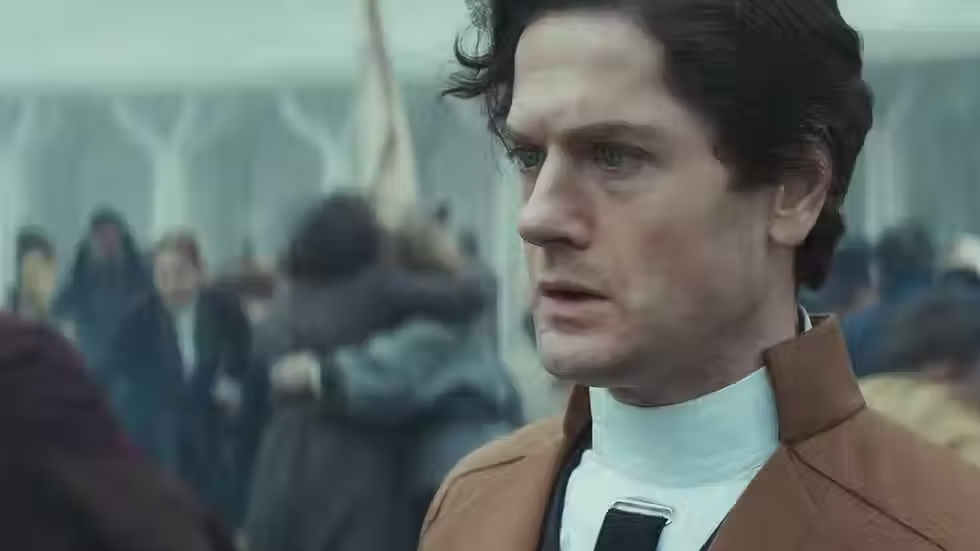Across the Spider-Verse and the Art of Purposeful Fan Service
- ogradyfilm
- Jun 24, 2023
- 2 min read
[The following essay contains MAJOR SPOILERS; YOU HAVE BEEN WARNED!]
Modern blockbusters—especially those belonging to the increasingly ubiquitous superhero genre—have evolved into mega-budget Easter egg hunts. Users on Twitter, Tumblr, and other social media platforms dissect every new theatrical release frame-by-frame, searching for cameos, callbacks, and references to the source material. Often, these allusions are little more than gratuitous fan service. Occasionally, though, they exist for a thematic purpose, enriching the film’s overarching narrative.
Consider, for example, the intertextual dialogue between Spider-Man: Across the Spider-Verse and “The Night Gwen Stacy Died” (The Amazing Spider-Man #121-122).

The latter, a two-part comic book story written by Gerry Conway and drawn by Gil Kane and the late John Romita Sr., features the most heartbreaking sequence of images in Marvel’s entire mythos. It begins when the villainous Green Goblin flings an unconscious Gwen Stacy—the love of Peter Parker’s life—off of the George Washington Bridge. Acting quickly (indeed, perhaps a bit too hastily), the Wall-Crawler fires his web shooters, catching his girlfriend's leg an instant before she hits the water. The whiplash of the split-second rescue jolts her limp form—and above her neck, the issue’s letterer pens a bone-chilling sound effect:
“SNAP!”
When Spidey pulls her up to safety, he is horrified to discover what the reader already knows: Gwen Stacy is gone, her spine shattered by the force of her abrupt stop.
In Across the Spider-Verse, a super-powered variant of Gwen from an alternate reality explicitly mentions this tragedy in conversation with protagonist Miles Morales, implying that it is one of the multiverse’s pivotal “Canon Events,” akin to the murder of Uncle Ben:
In every other universe, Gwen Stacy falls for Spider-Man. And in every other universe, it doesn't end well.

These prophetic words eventually return to haunt Gwen during the movie’s climactic chase scene. Miles, attempting to evade a literal army of his fellow Spider-People, misjudges a leap and finds himself plummeting toward the futuristic cityscape below. Fortunately, a web snags him by the chest, halting his fall. Gwen clutches the other end of the line. She grins, relieved; while they’re on opposite sides of this particular conflict, she has no desire to see one of her few real friends harmed.
Miles, however, responds to her sympathetic smile with a cold scowl; after all, she betrayed him (albeit reluctantly) to the Spider-Society, so he is not in a forgiving mood. “Goodbye, Gwen,” he growls, seizing the strand of webbing with both hands and effortlessly ripping it in two:
“SNAP!”

And as Miles makes good his escape, Gwen Stacy figuratively dies. Disowned by her father, discarded by her allies, and abandoned by the person that she most wanted to protect, the aloof heroine has nothing left. Her habit of preemptively keeping her loved ones at arm's length in order to avoid the pain of loss has finally condemned her to loneliness, isolation, and solitude.
Even with the "traditional" roles reversed, their relationship was doomed—just as it was in the original version of the tale.





Comments